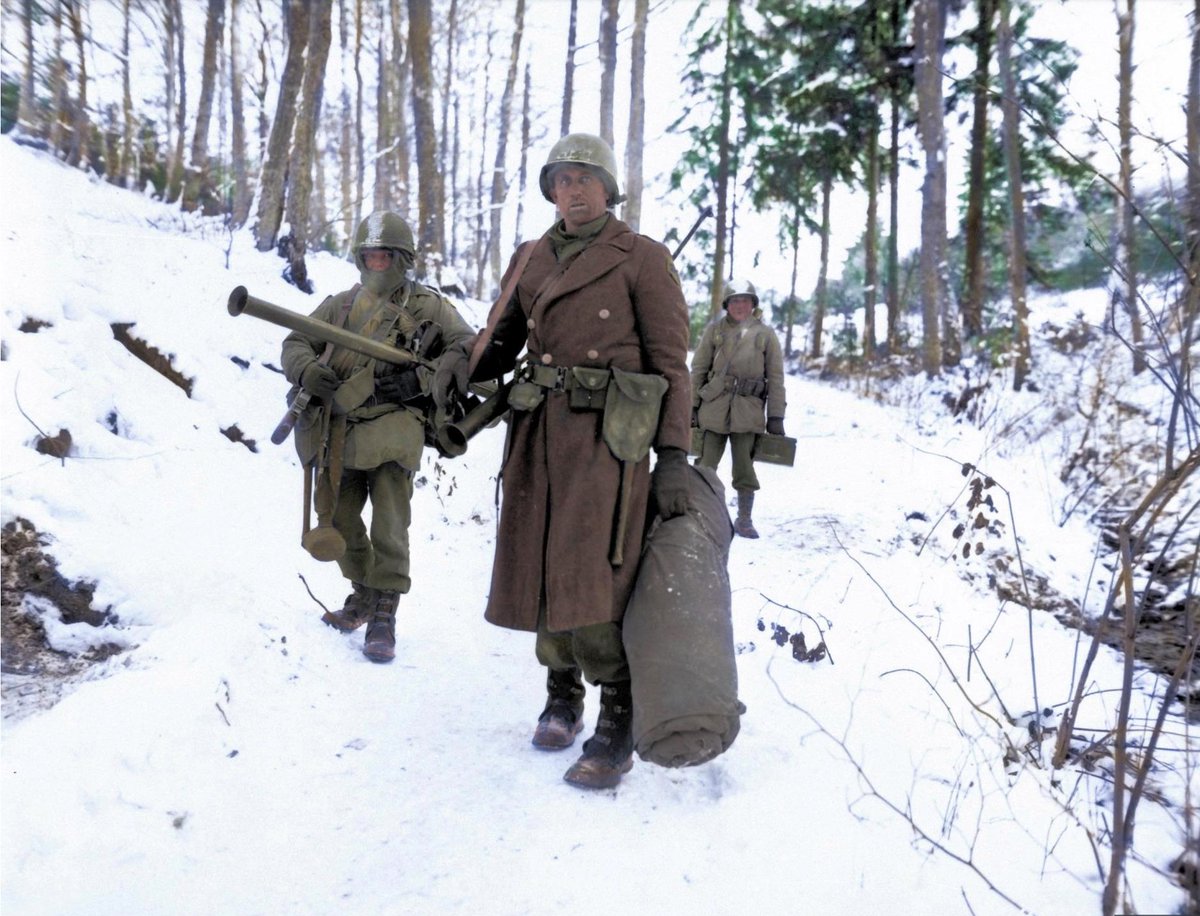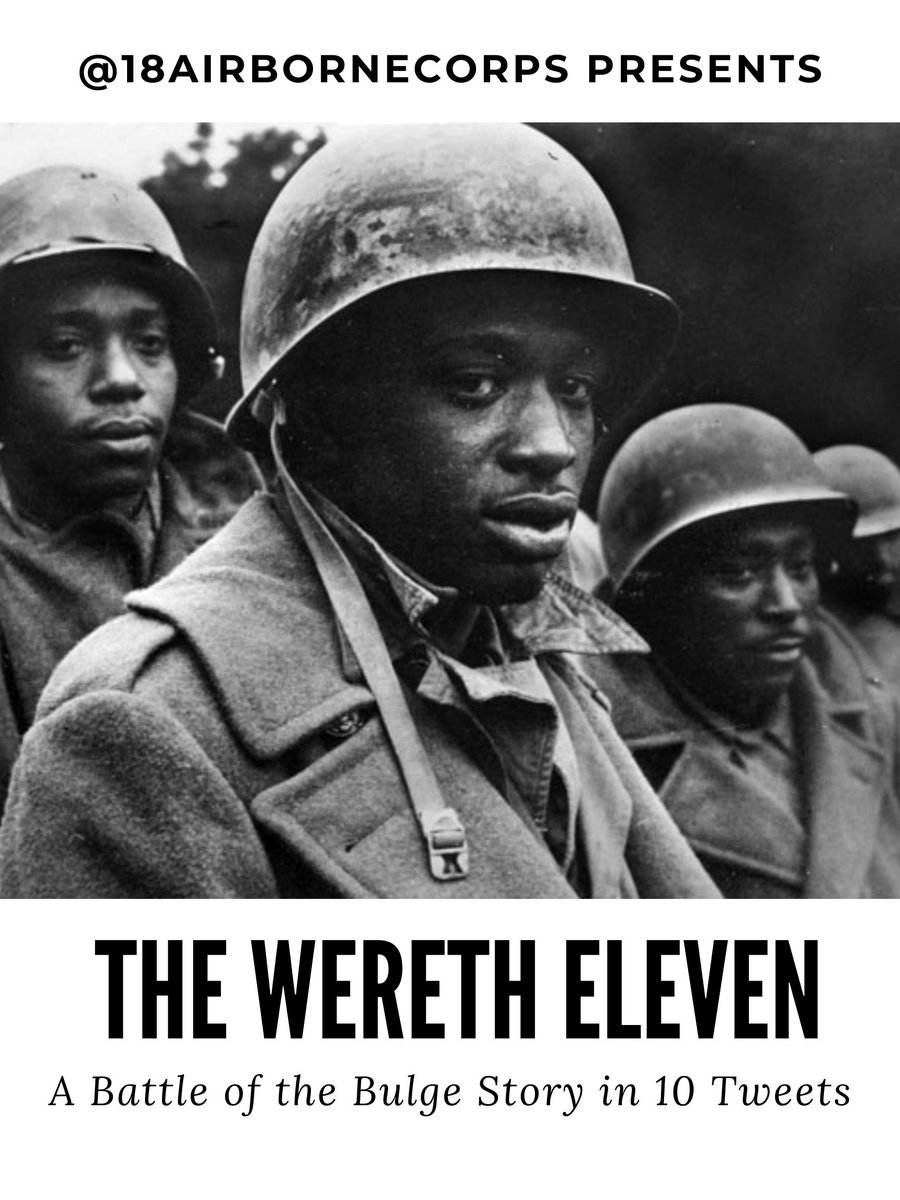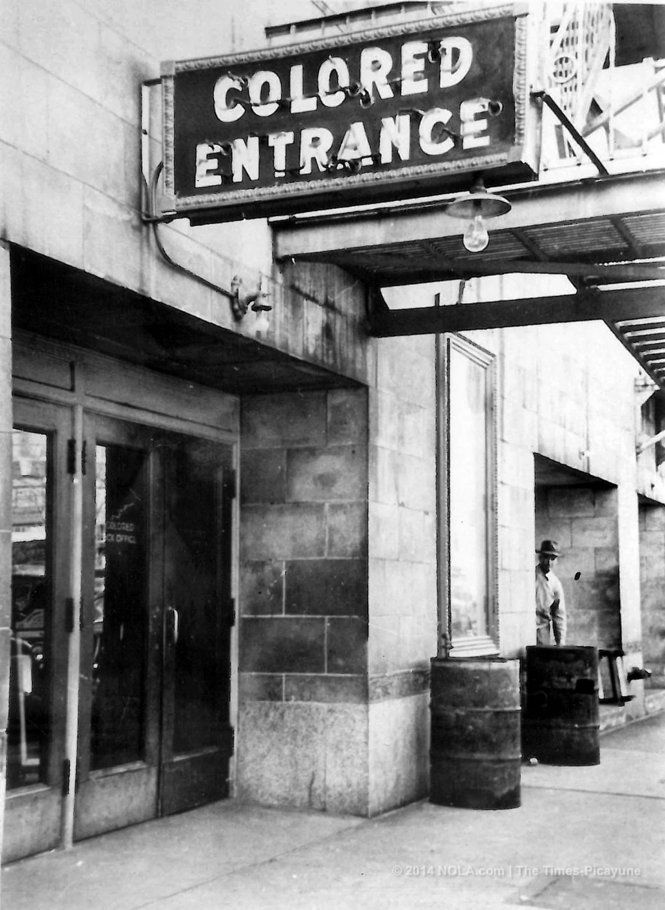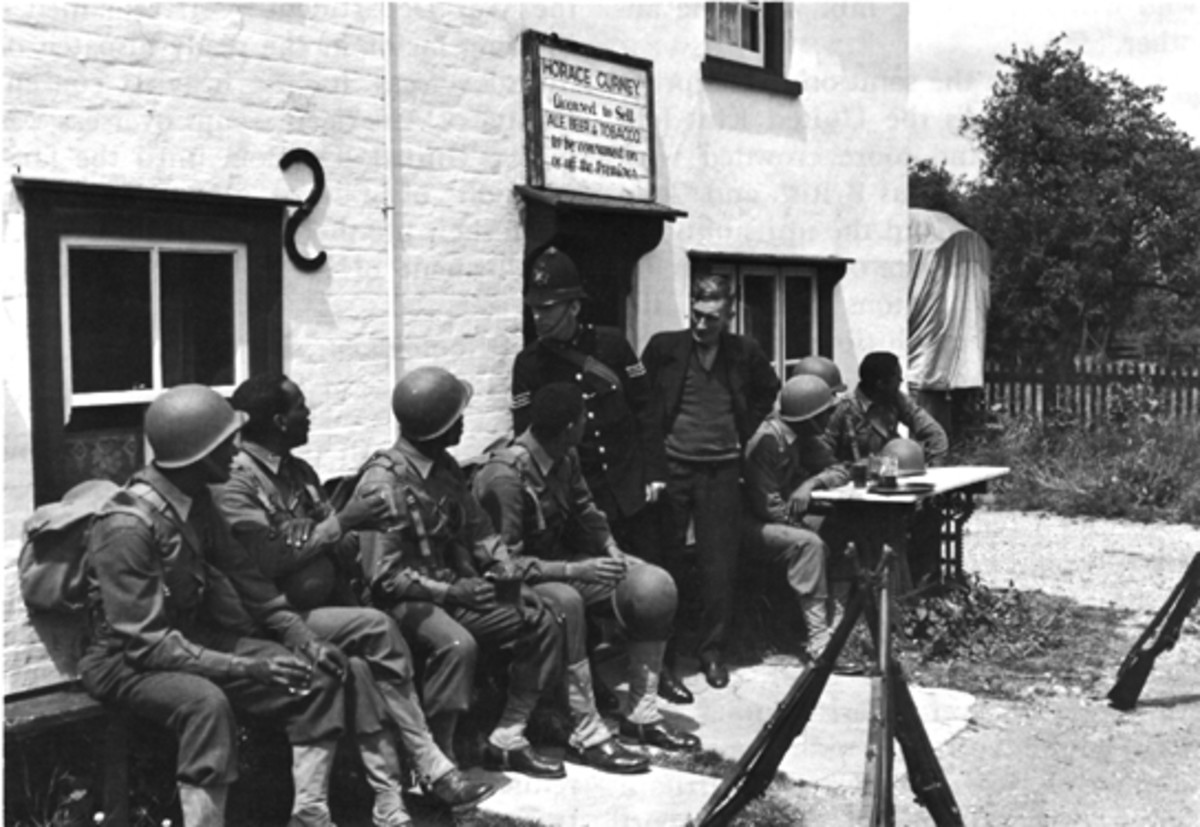
1 of 5: In studying command & control during the Battle of the Bulge, one observation becomes clear: the corps structure (at the time, a flexible command with units plugging in & out as needed) served us well. 

2 of 5: This modular "plug and play" construct allowed Patton, Hodges, and Monty greater flexibility to effectively design and redesign each corps to meet specific mission requirements. 

3 of 5: For example, this corps (the 18th under Ridgway) went from controlling a single airborne division (the 82nd) to an enormous 5-division command with armor formation in a single day.
III Corps added 2 divisions and went from rear area support to counterattack in ~ 40 hours
III Corps added 2 divisions and went from rear area support to counterattack in ~ 40 hours
4 of 5: The corps structure also allowed the senior commanders to choose the specific corps commanders they wanted for specific roles. This was critical in a time when the corps commanders had varied sets of experience.
5 of 5: This is vastly different from the way we think of an Army corps today: a fixed structure with identified divisions and separate brigades. 

• • •
Missing some Tweet in this thread? You can try to
force a refresh

















